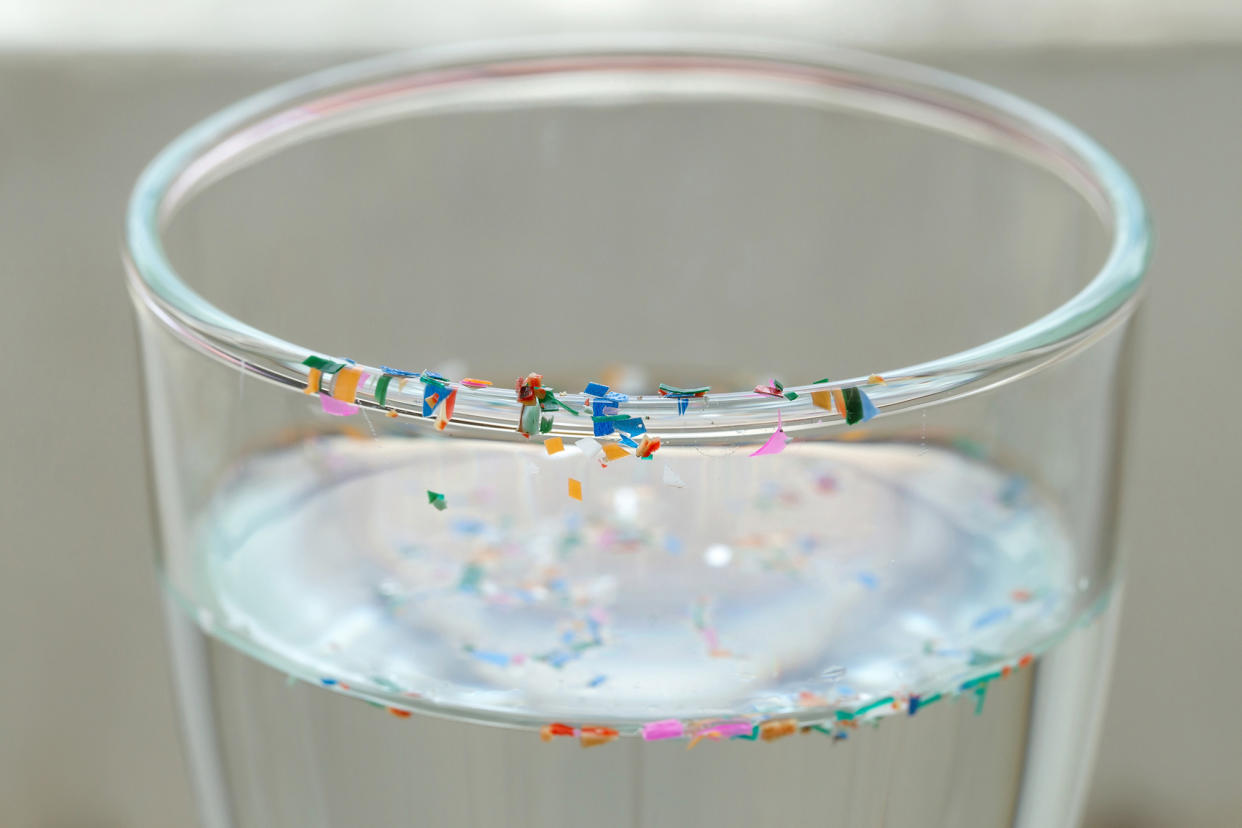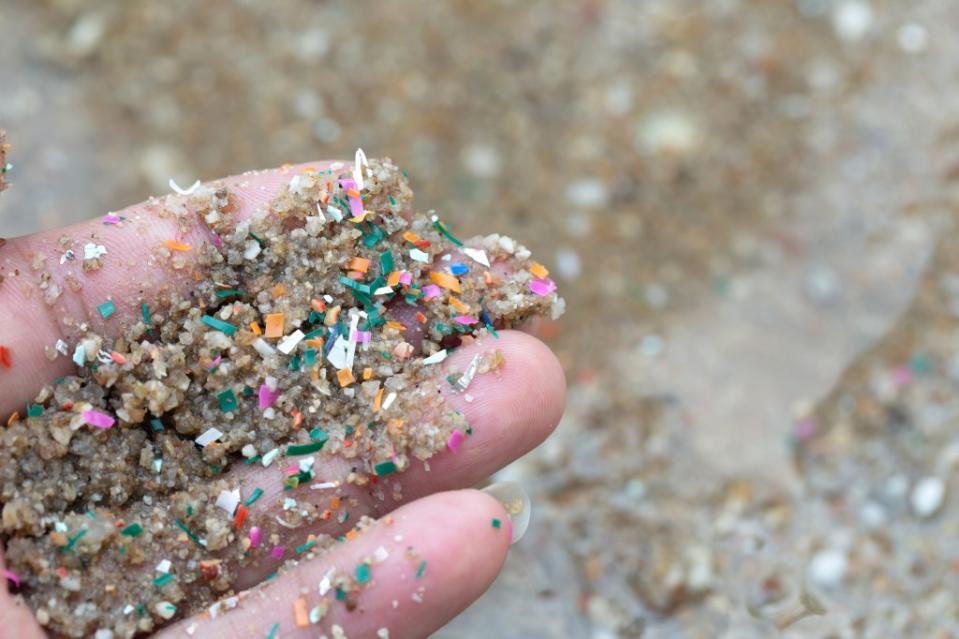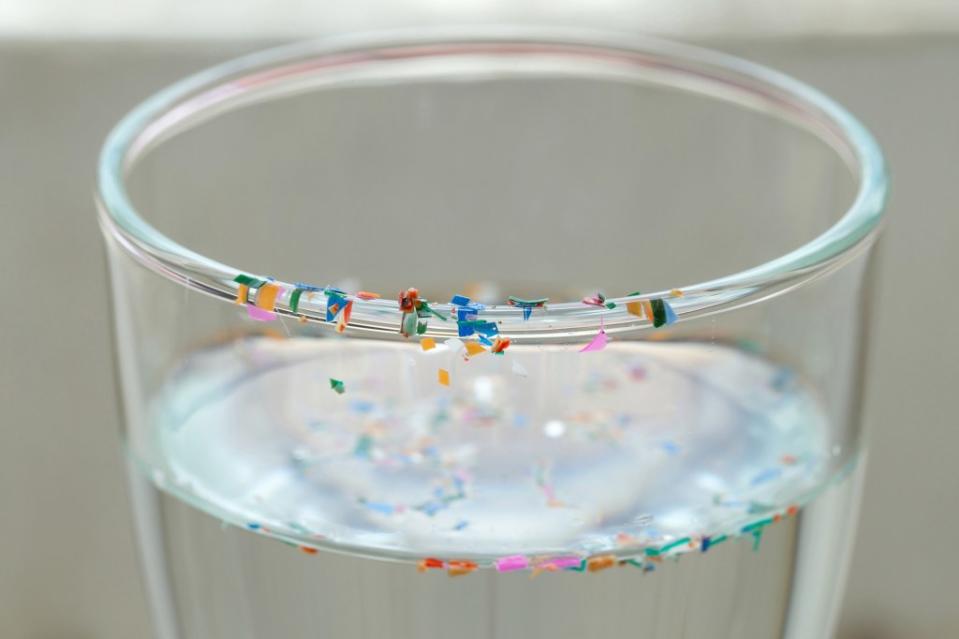You probably have microplastics in your brain: study

This latest finding may be hard to wrap your head around.
Tiny pieces of plastic are finding their way into the brain, according to a paper published in the journal Environment Health Perspectives.
Researchers from the University of New Mexico said that microplastics from our water, food and the air we breathe make their way from our gut into other parts of the body such as the kidneys, liver and brain, according to a press release from the university.

“Over the past few decades, microplastics have been found in the ocean, in animals and plants, in tap water and bottled water,” Eliseo Castillo, an associate professor in the Division of Gastroenterology & Hepatology in the University of New Mexico School of Medicine’s Department of Internal Medicine, said in the release.
“They appear to be everywhere,” Castillo, who is the leading microplastic researcher at UNM, added.
Castillo, an expert in mucosal immunology, and his team of researchers spent four weeks giving mice drinking water with the amount of microplastics human beings are said to ingest weekly.
Scientists previously found that humans consume five grams of microplastics each week, which is about the weight of a credit card.
They found that the microplastics move from the gut to other tissues in the body.
“These mice were exposed for four weeks. Now, think about how that equates to humans if we’re exposed from birth to old age,” Castillo warned.
Castillo said that if healthy mice exposed to tiny pieces of plastic after just a few weeks showed signs of physical changes, humans exposed over a lifetime might see their health suffer.

“Now, imagine if someone has an underlying condition, and these changes occur, could microplastic exposure exacerbate an underlying condition?” Castillo said.
In a paper published in the journal Cell Biology and Toxicology, Castillo found that microplastics alter immune cells called macrophages, responsible for protecting the body from foreign particles, thereby leading to inflammation in the body.
Castillo’s next study will research how diet impacts the way microplastics are absorbed by the body.
“Everyone’s diet is different,” he said.

“So, what we’re going to do is give these laboratory animals a high-cholesterol/high-fat diet, or high-fiber diet, and they will be either exposed or not exposed to microplastics,” Castillo said. “The goal is to try to understand if diet affects the uptake of microplastics into our body.”
But no matter what you eat, there is no escaping microplastics, according to a study published in the journal Environmental Pollution.
Scientists found that 90% of proteins, including vegan alternatives, contain microplastics, which have been linked to negative health consequences.

